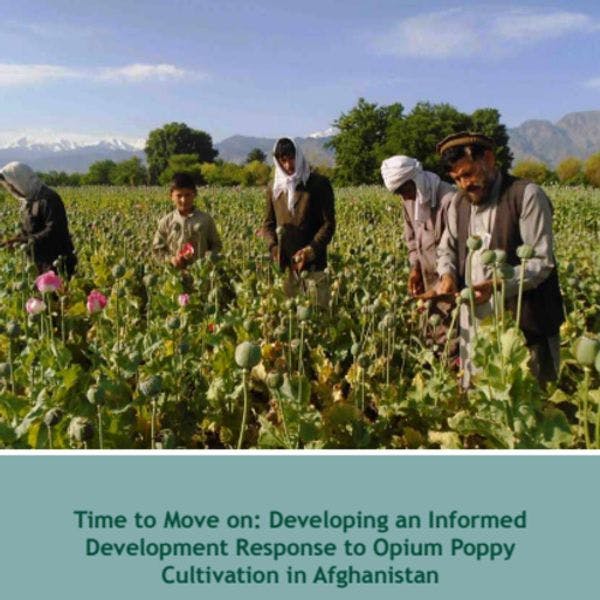Time to move on: Developing an informed development response to opium poppy cultivation in Afghanistan
After almost 15 years since the fall of the Taliban, the policy discussion on counternarcotics remains uncertain of which way to proceed. In large part, this is because policy discussion is shaped by a superficial or misguided understanding of opium poppy and its role in rural livelihoods.
This is not surprising given the disconnect that policymakers and the international community in Kabul have from rural realities, in large part due to the inability to get out of Kabul or even their own compounds. Another part is the natural tendency to downplay or even ignore problems which appear to be intractable. Many of the policy proposals reflect past thinking which has not proven successful, most notably the search for a “silver bullet” or one single crop that can compete with opium poppy.
This focus is in large part the result of the way in which data and analysis have been presented to policy makers, in particular the annual estimates of opium area and yield presented by the United Nations Office on Drugs and Crime (UNODC) along with its analysis of the reasons why farmers grow opium poppy. The most problematic aspects of that methodology are 1) the analysis of why farmers grow opium poppy, and 2) the assumption of a binary choice between wheat and opium poppy.
Keep up-to-date with drug policy developments by subscribing to the IDPC Monthly Alert.
